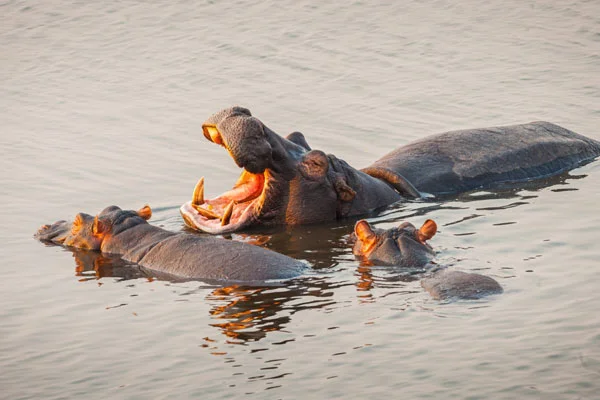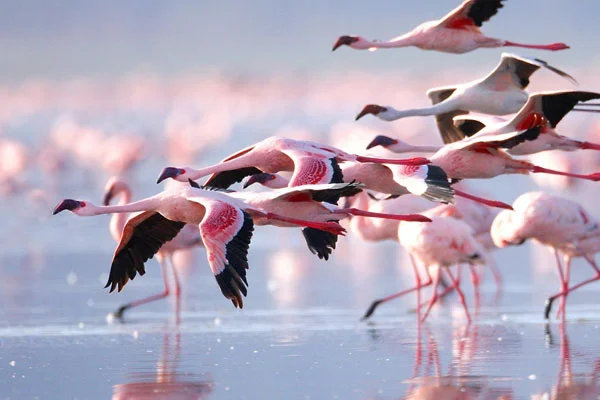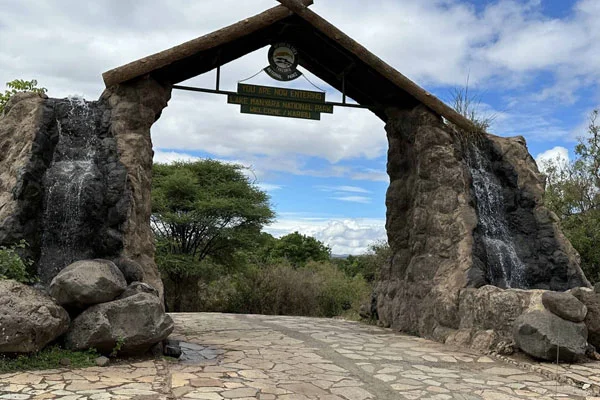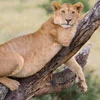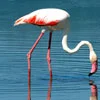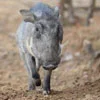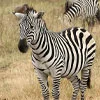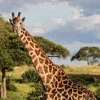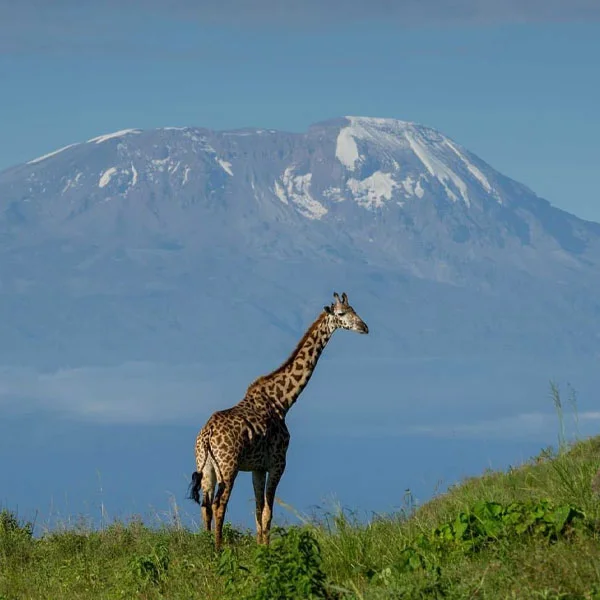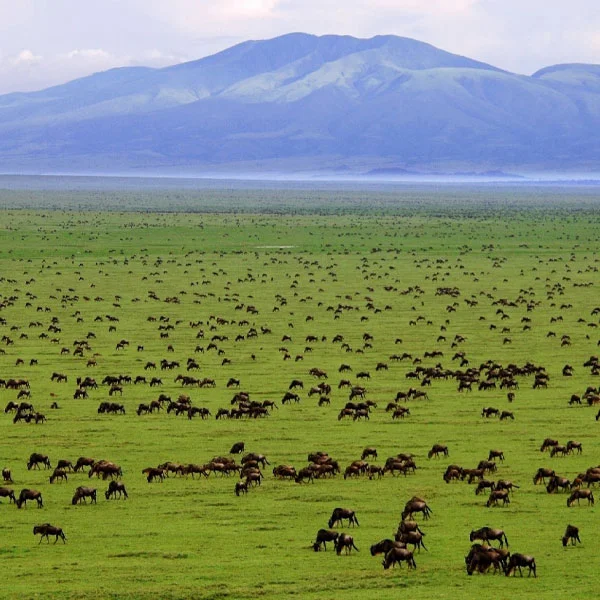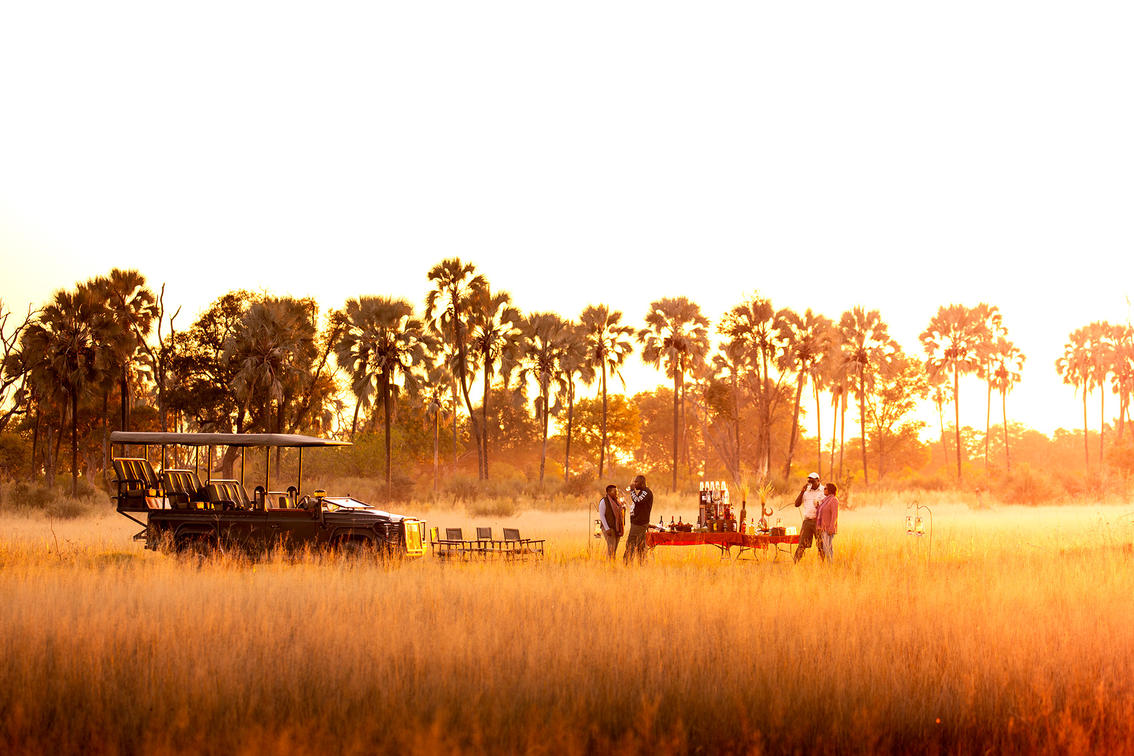This season also aligns with the wildebeest migration in the Serengeti, presenting stunning wildlife displays. The Southern and Western circuit parks are ideal to visit during these months, unlike the Northern circuit parks, which you can visit any time of the year. In the wet season from November to May, the parks turn lush and green, providing beautiful landscapes and great birdwatching, although spotting wildlife can be more challenging.
The calving season reaches its peak in February, filling the Serengeti with newborn wildebeest, which in turn attracts predators, heightening the thrill of safaris.
The weather remains hot and dry, perfect for trekking Kilimanjaro or enjoying the less crowded beaches of Zanzibar.
March typically starts dry, but the long rains can begin by the month's end, refreshing the parched landscape.
This period is excellent for bird watching as migratory birds are present, and the scenery of the Ngorongoro Highlands is particularly stunning after the rain.
April experiences the heaviest rainfall, making safari trails challenging and some lodges may close due to impassable roads.
However, the dramatic thundershowers make for lower prices and less crowded experiences, offering great value for those willing to endure the wet conditions.
As the rains start to recede, the landscape begins to dry, making late May a better time for wildlife viewing.
The migration begins moving toward the Western Corridor of the Serengeti, setting the stage for dramatic river crossings in the coming months.
June marks the beginning of the dry season, improving conditions for wildlife viewing as animals concentrate around water sources.
The vegetation starts to recede, enhancing visibility. It's also an excellent month for walking safaris in cooler conditions.
June marks the beginning of the dry season, improving conditions for wildlife viewing as animals concentrate around water sources.
The vegetation starts to recede, enhancing visibility. It's also an excellent month for walking safaris in cooler conditions.
Still peak season, August offers excellent wildlife viewing as dry conditions prevail and the Great Migration herds often attempt to cross the treacherous Mara River.
The weather is cool and dry, ideal for extended game drives and witnessing intense predator-prey interactions.
Tourist numbers start to decrease, yet the weather remains dry, making September ideal for those seeking quieter safaris.
Wildlife viewing continues to be excellent, with animals easily spotted around shrinking water sources. It's also a prime time for hiking adventures like climbing Mount Kilimanjaro.
With the onset of short rains, October brings a renewal of the landscape, yet game viewing remains high-quality as water remains scarce and animals frequent known water sources. The weather is generally warm, and the parks are less crowded.
The short rains continue, but wildlife viewing is still rewarding, especially in the Northern parks which offer year-round game viewing opportunities.
The landscape is lush, and the migratory birds begin to arrive, enhancing the birdwatching experience.
December marks the onset of heavier rains, but early in the month, the conditions are still good for safaris.
The southern Serengeti starts to fill up with the migration herds returning for calving season, offering a prelude to the spectacular wildlife encounters that January will bring.

